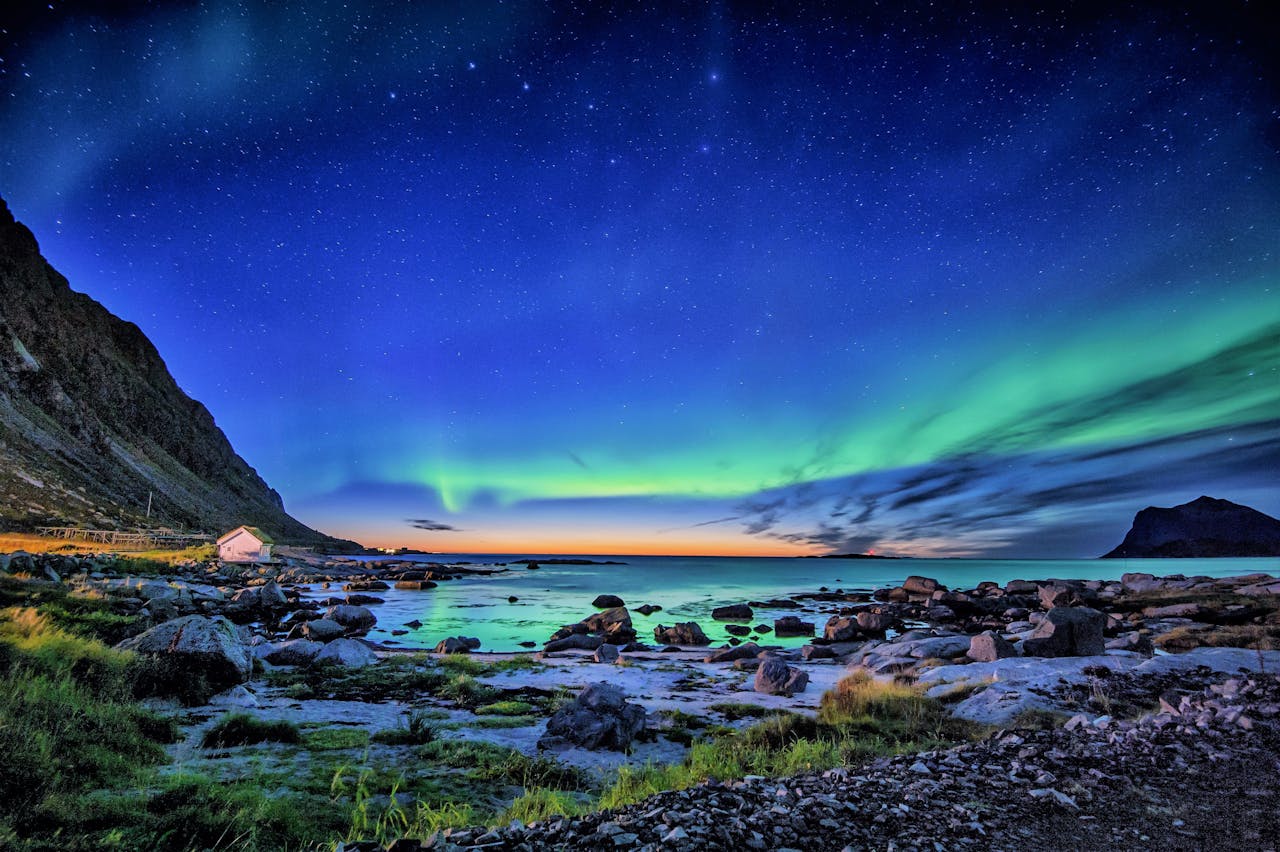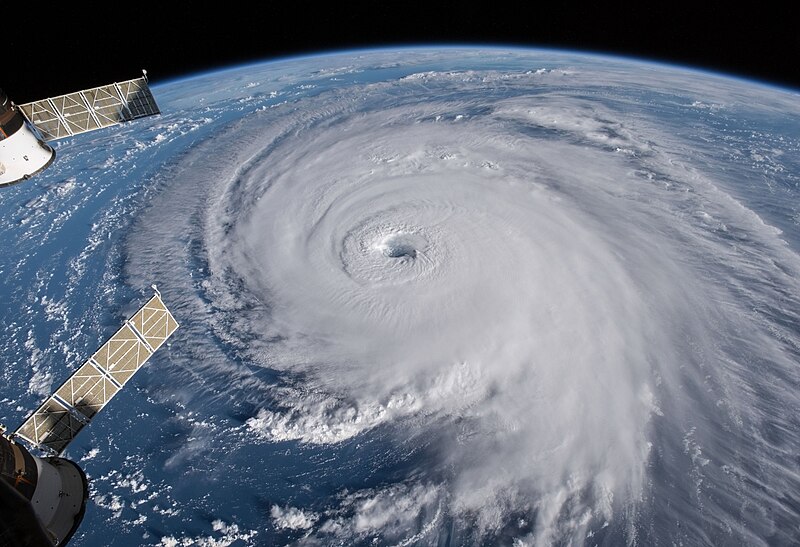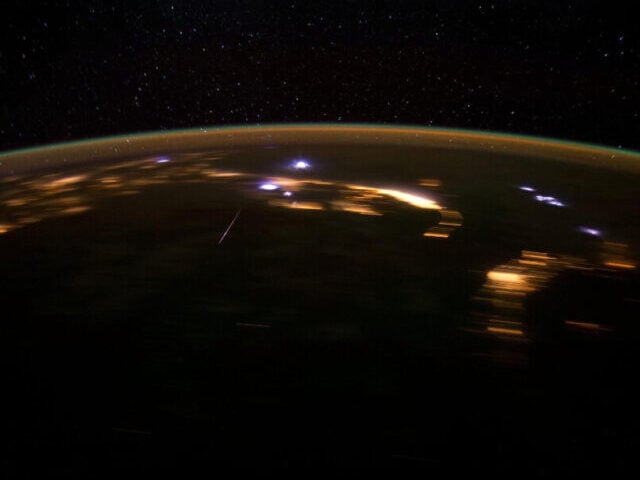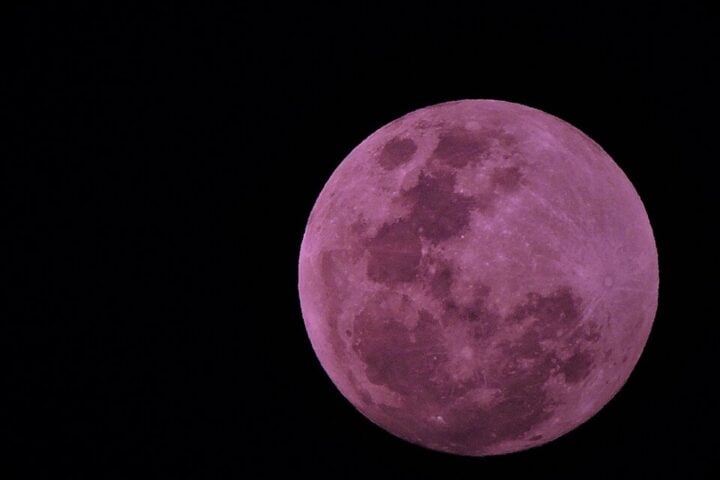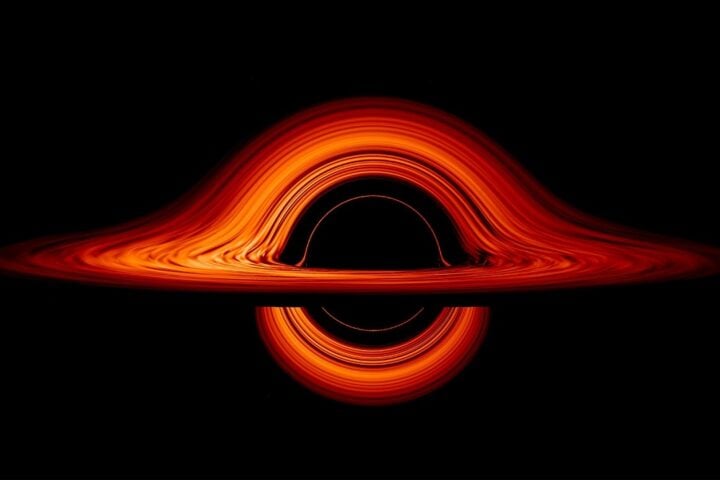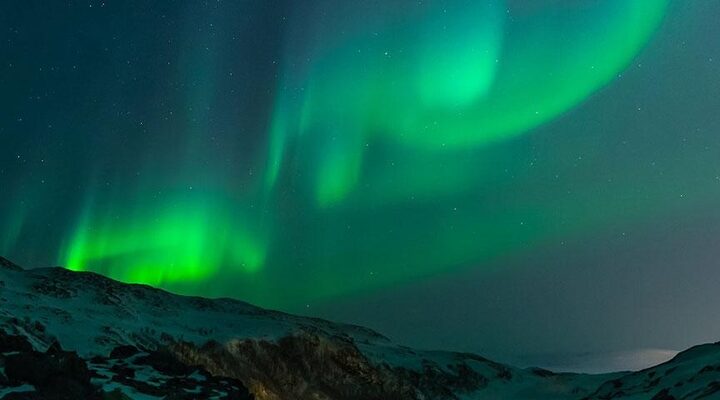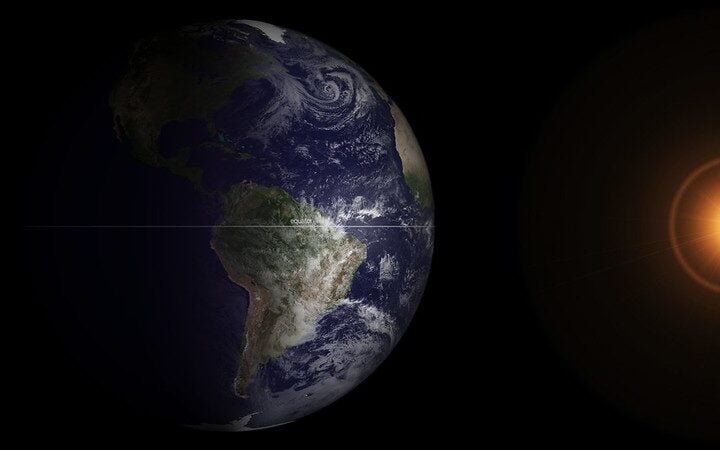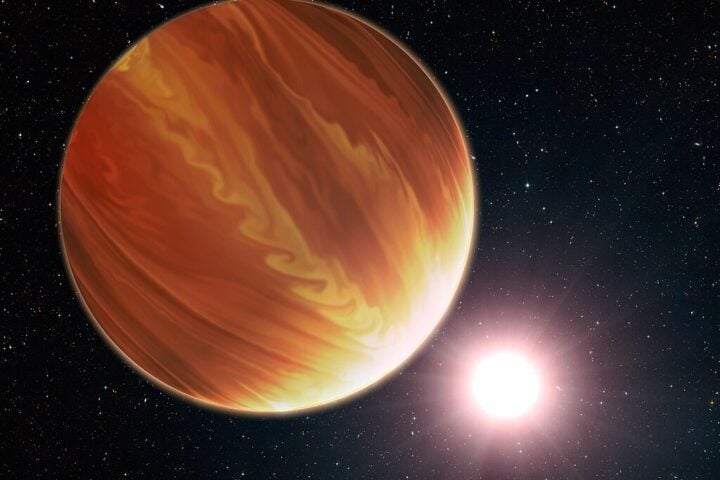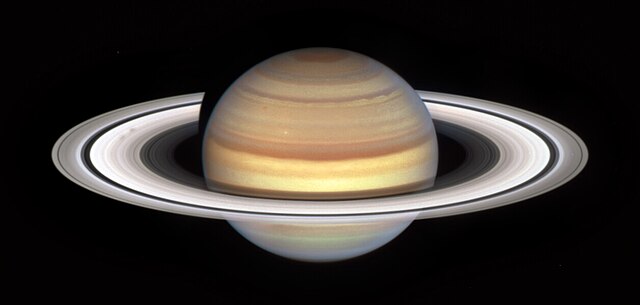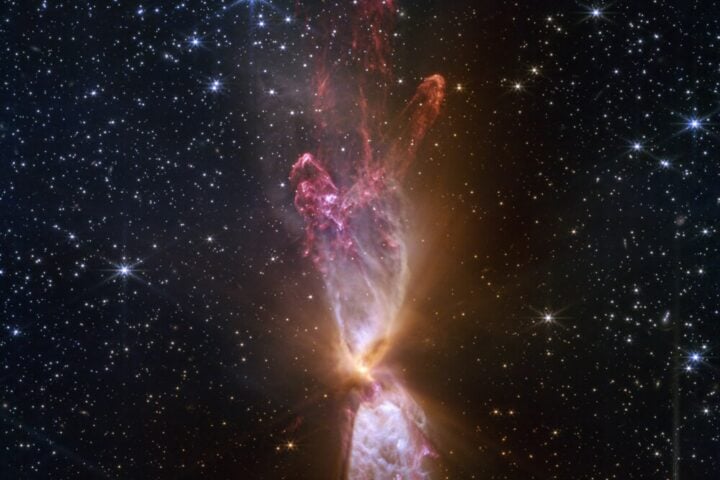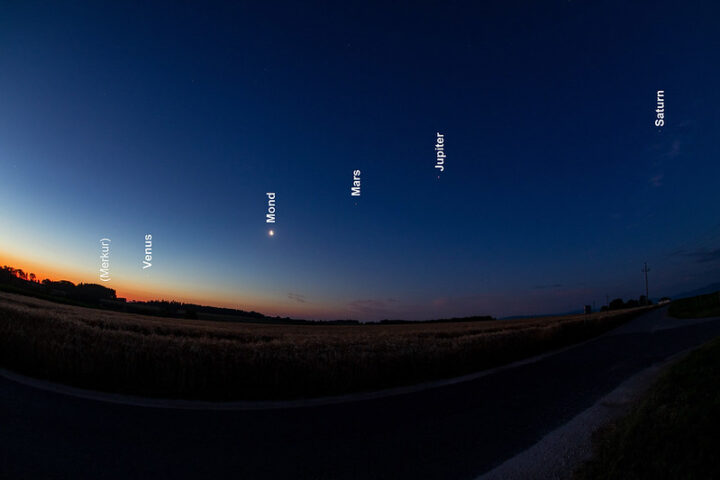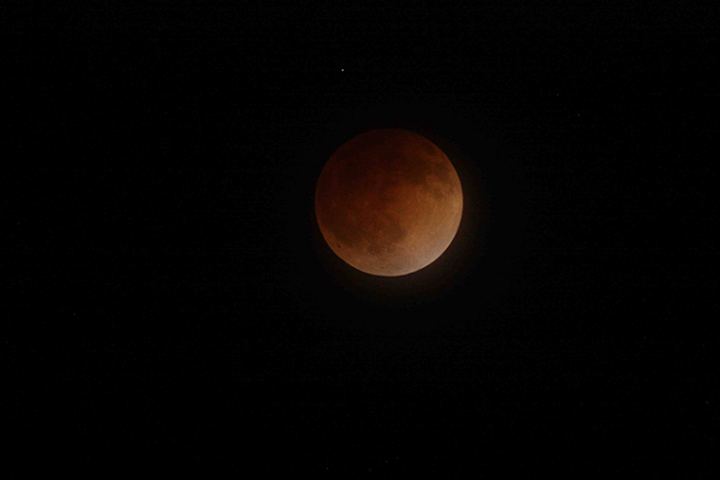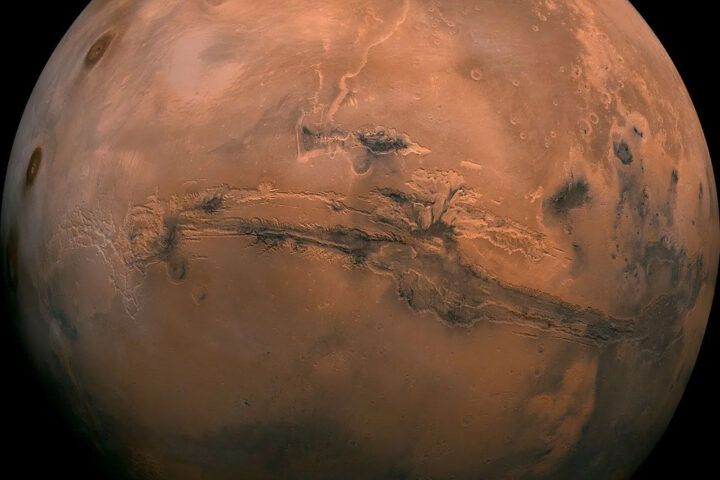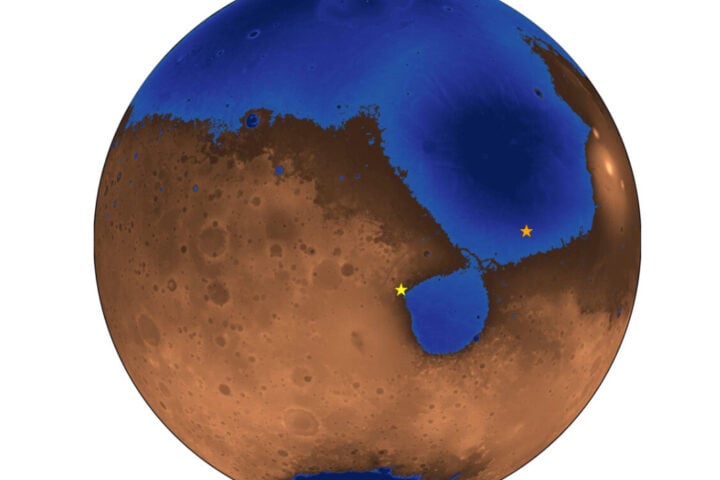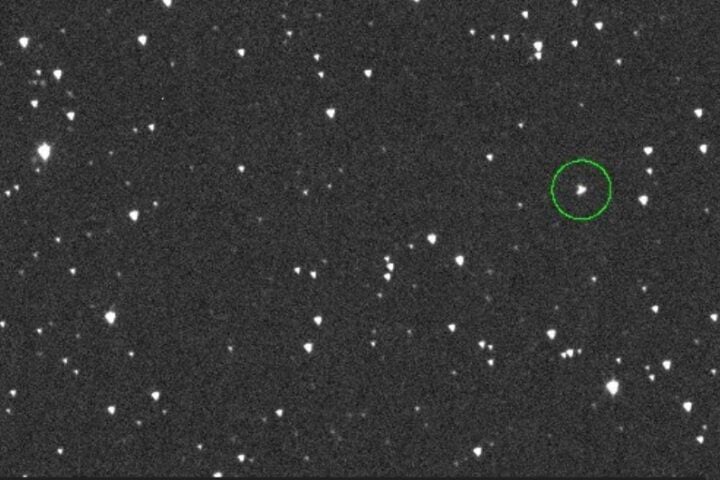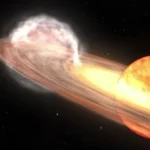A powerful G3 geomagnetic storm is headed toward Earth this New Year’s Eve, potentially creating a rare opportunity for millions of Americans to witness the aurora borealis, NOAA’s Space Weather Prediction Center reports.
Two bursts of plasma were expelled by the sun and are expected to reach Earth early this week. These coronal mass ejections (CMEs), massive clouds of magnetized plasma and magnetic fields ejected from the sun’s corona, will interact with Earth’s magnetosphere, creating the conditions for aurora displays.
“The Sun has really stepped up over the past few days, with frequent solar flares including a strong X-class event!” Solar Astrophysicist Ryan French wrote in a post on X. The X-class designation marks the most intense category of solar flares, capable of triggering planet-wide radio blackouts and radiation storms.
The anticipated G3-level storm could make the northern lights visible across states including Alaska, Washington, Montana, North Dakota, South Dakota, Minnesota, Wisconsin, Michigan, New Hampshire, Vermont, Maine, Oregon, Idaho, Wyoming, Iowa, and New York. Parts of Oregon, Idaho, Wyoming, Iowa and New York may also get a piece of the view. G3 storms rank as “strong” on NOAA’s five-point scale, where G1 is minor and G5 is extreme.
Similar Posts
NOAA space weather forecaster Shawn Dahl indicated the optimal viewing window would be in the early morning hours of Tuesday while it was still dark. Peak geomagnetic activity was predicted between 10 p.m. EST on December 30th and 10 a.m. EST on December 31st, with G1 conditions expected from 4:00 p.m. to 10:00 p.m. EST on New Year’s Eve.
The astronomical event coincides with the sun’s 11-year cycle maximum phase, leading to increased frequency of solar surges and auroral displays. This active period is projected to continue for at least another year, though scientists cannot determine the exact peak until months afterward. Solar maximum brings heightened magnetic activity, sunspots, and solar flares, affecting Earth’s space environment.
Clear skies and minimal light pollution are essential for visibility. Urban residents should seek viewing locations away from city lights, as artificial illumination can obscure the subtle colors of aurora displays. Taking a picture with a smartphone camera may also reveal hints of the aurora that aren’t visible to the naked eye.
NOAA continues monitoring potential minor disruptions to high-frequency radio communications used by airlines and amateur radio operators. These disruptions occur when solar particles ionize the upper atmosphere, affecting radio wave propagation. A similar storm in May 2024 ranked as the strongest in over two decades, while October’s event produced auroras visible from unexpected places including Germany, the United Kingdom, and New England and New York City.The Space Weather Prediction Center provides real-time updates through their website. Mobile applications like “My Aurora Forecast & Alerts” and “Space Weather Live” offer location-based aurora forecasting and space weather conditions. These tools integrate data from solar observatories and magnetometers to predict aurora visibility.
